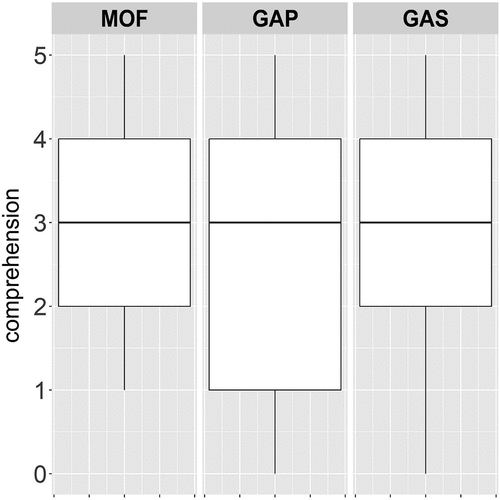Figures & data
Table 1. Overview of the five categories regarding the representation of gender in languages according to Gygax et al. (Citation2019).
Table 2. Typical forms of gender-fair language in German (Diewald & Steinhauer, Citation2020).
Table 3. Psychometric properties of the variables in both experiments.
Table 4. Intercorrelations of the variables in both experiments.
Figure 1. Box plots for subjective comprehensibility by experimental condition in Experiment 1.
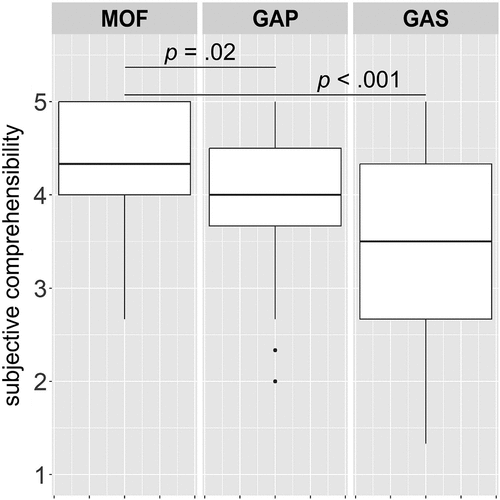
Figure 2. Box plots for word difficulty by experimental condition in Experiment 1.
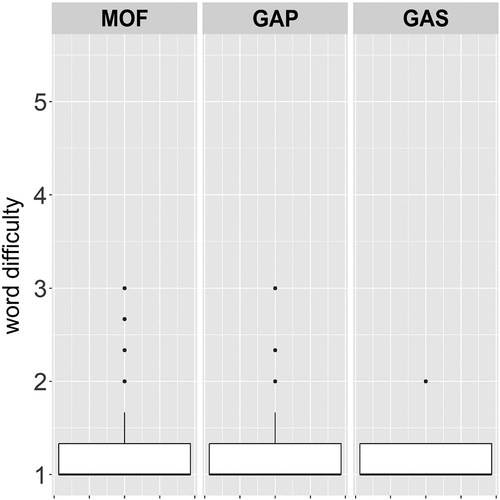
Figure 3. Box plots for sentence difficulty by experimental condition in Experiment 1.
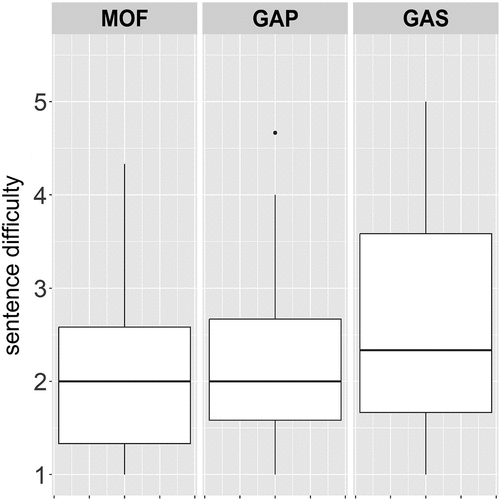
Figure 4. Box plots for aesthetic appeal by experimental condition in Experiment 1.
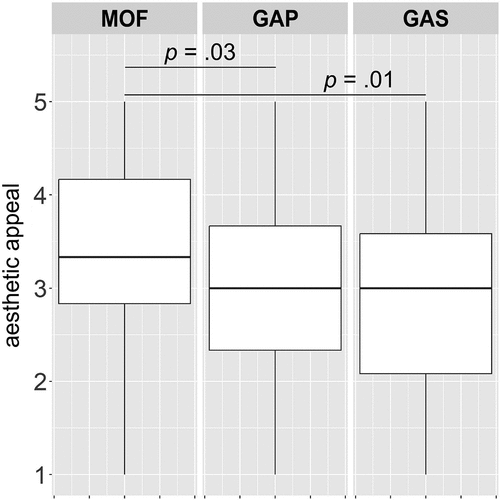
Figure 5. Box plots for time on task by experimental condition in Experiment 1.
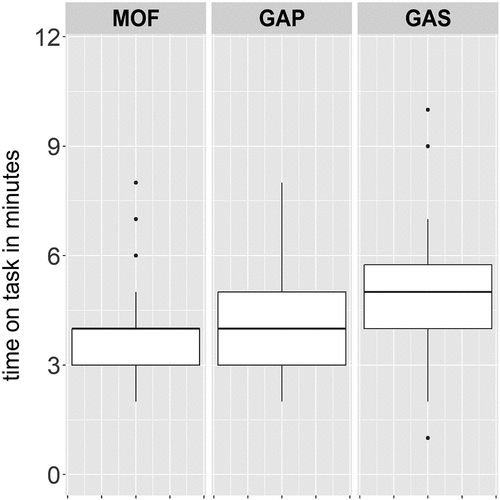
Table 5. Means and standard deviations for the different conditions in both experiments.
Table 6. Results of the Kruskal-Wallis-H-tests of the two experiments.
Figure 6. Box plots for subjective comprehensibility by experimental condition in Experiment 2.
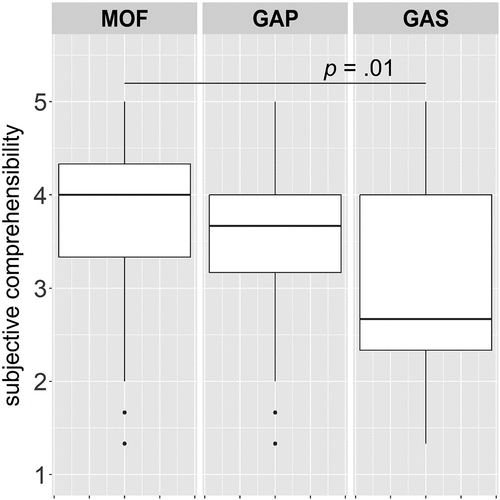
Figure 7. Box plots for word difficulty by experimental condition in Experiment 2.
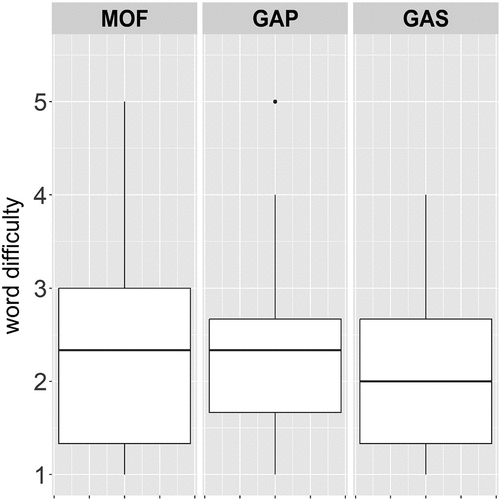
Figure 8. Box plots for sentence difficulty by experimental condition in Experiment 2.
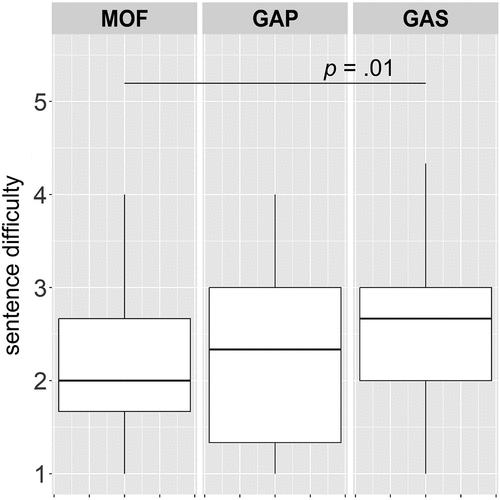
Figure 9. Box plots for aesthetic appeal by experimental condition in Experiment 2.
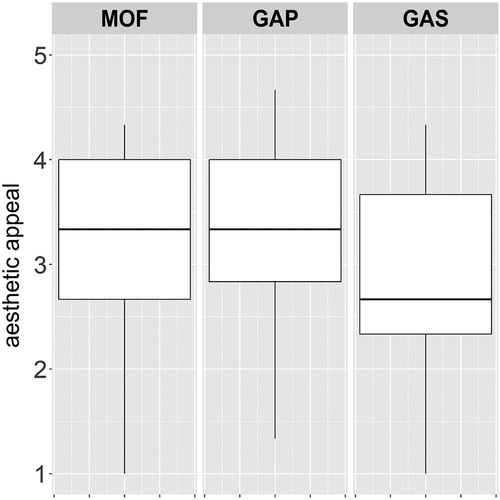
Figure 10. Box plots for time on task by experimental condition in Experiment 2.

Figure 11. Box plots for comprehension by experimental condition in Experiment 2.
